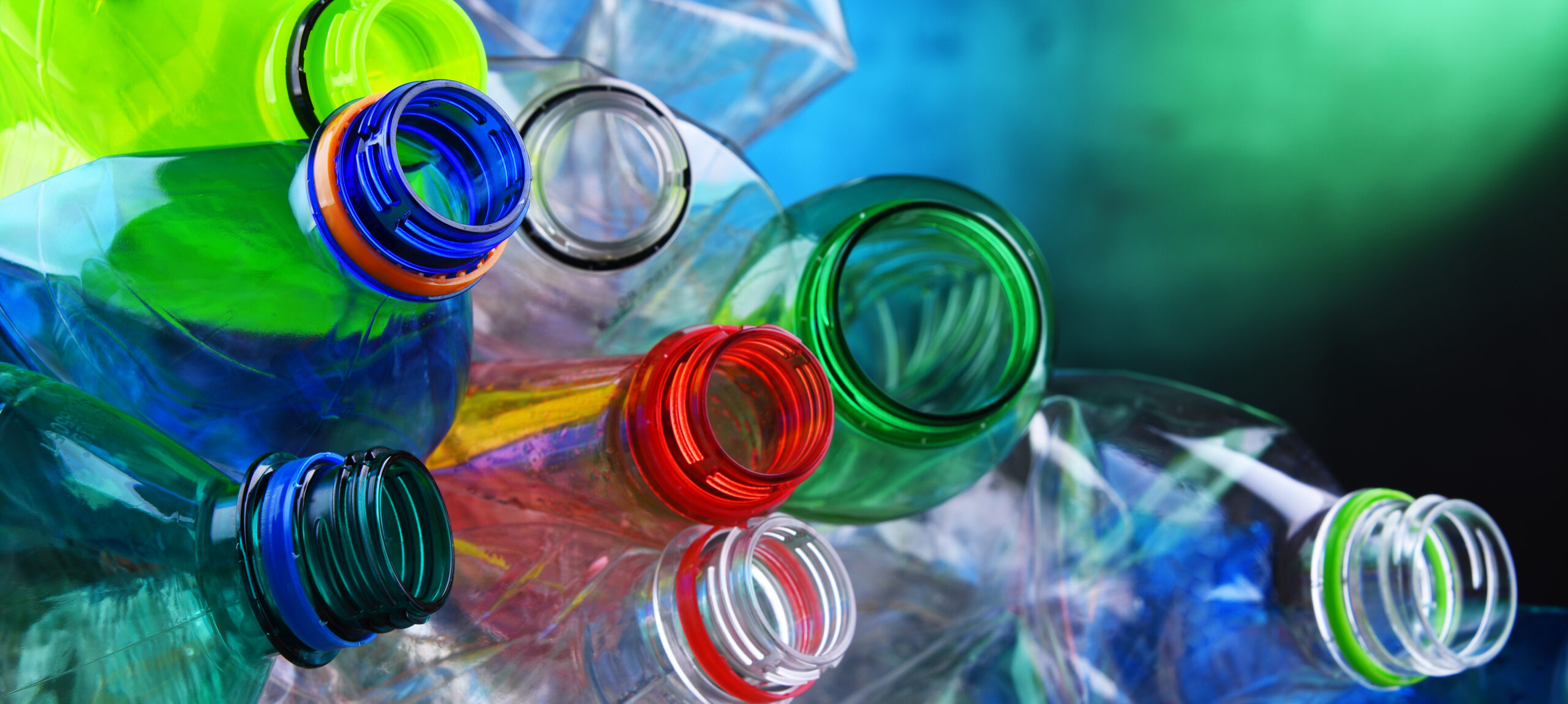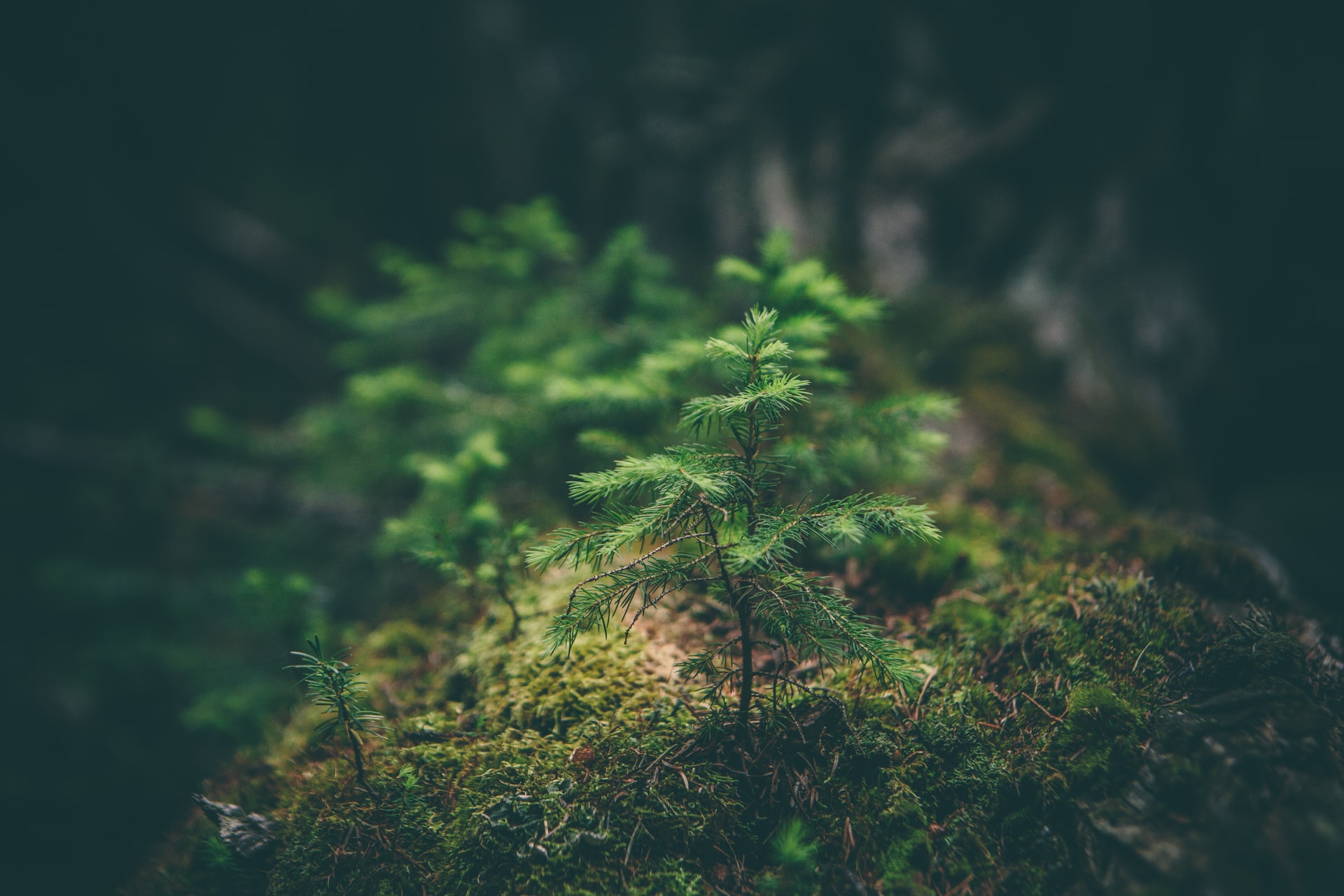
The UK alone produces a staggering 2 million tonnes of plastic packaging waste every year, with over a third of packaging on the market being nonrecyclable.
To tackle this issue, philanthropic TikTokers have found an alternative way to put their plastic waste to better use by making ‘bottle bricks’, or eco-bricks.
The trend, which has been viewed over 7 million times, sees people filling empty bottles with small plastics and other non-recyclable materials to form a compact ‘brick’ that can be donated to local or overseas charities. These bricks are then used as building materials for homes and various other community projects.
Mick Clark, Managing Director of WePack Ltd commented:
“While recycling packaging is always preferable to reduce the amount of plastic waste in circulation, some common packaging materials are unfortunately not possible to recycle such as plastic films, shopping bags and metallised plastics found in crisp packets.
“For these plastics, they’re almost always guaranteed to end up in landfills or polluting the oceans, so it’s fantastic to see them being put to better use and it’s encouraging that younger generations are actively promoting and getting involved with creative solutions to tackle recycling issues.”
For those inspired to begin their own bottle brick, here are some tips to get you started…
No organic matter
Just as you would with your recyclable waste, you’ll need to first wash plastics to get rid of any traces of food or liquid to prevent biodegradation.
This is particularly important as bottle bricks are used as building materials and need to be clean so they don’t smell or degrade over time and weaken structures.
This also means no biodegradable materials, so keep an eye on exactly what type of plastic you’re putting into your bottle brick, and where possible, do not include plastics or other materials such as glass, paper or metal that can be industrially recycled or composted.
Polypropylene, polystyrene and low-density polyethylene plastics are all difficult to recycle and are perfect to add to your eco-brick.
Pick your bottle
You’ll want to find a bottle or container with a thicker material to ensure your eco-bricks won’t be flimsy however, take care to avoid opaque bottles or coloured plastics.
You should also think about the shape of your bottle brick and how easy it’ll be to fill. Bottles with minimal ridges are best.
It’s recommended that you stick to the same type of bottle when creating multiple bricks – this is to help create a solid and sturdy structure for building.
So, if you don’t produce a lot of plastic waste, it may be better to stick to smaller-sized bottles before committing to a large 2 litre volume.
Cut up materials
The aim is to make the eco-brick as dense as possible, so cutting up plastics into smaller chunks is essential for packing in as much plastic as you can.
You can use the handle of a spoon or even a metal straw to help you compact the plastic as tight as possible.
Mixing different types of plastic, both hard and soft, can help here too and help make the brick stronger.
Just be wary to avoid plastics that have sharp edges that could pierce your bottle.
Keep an eye on weight
Eco-bricks need to reach an optimum weight to ensure they are sturdy enough to be used for building purposes.
As a general rule, your brick should weigh a third of its volume, so set yourself a target weight to achieve and keep measuring as you go to avoid having to repack your bottle brick.



